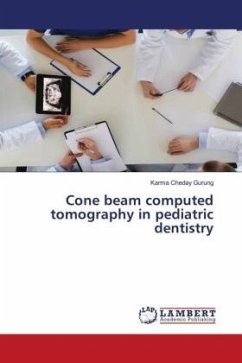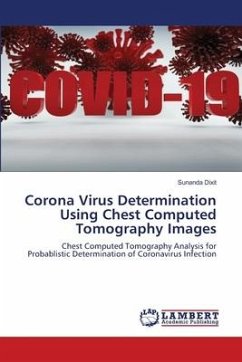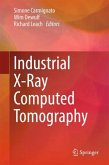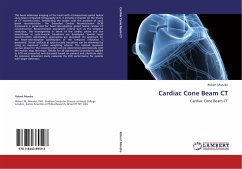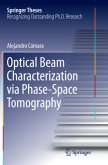Cone Beam Computed Tomography has gained popularity in the field of oral radiology due to its advantages over conventional radiography. It allows the creation in "real time" of images not only in the axial plane but also 2D images in the coronal, sagittal and even oblique or curved image planes- a process referred to as multiplanar reformation (MPR). The development and commercialization of CBCT has undoubtedly increased dental practitioner access to 3D radiographic assessment in clinical dental practice. The use of CBCT is not only restricted to head and neck region or implant placement, but it is now widely recognized in Endodontics as well as Orthodontics. Although, CBCT is widely being used in dentistry it should be used with careful consideration, its use must be justified on a patient case individual basis, where benefits must clearly outweigh the potential risks. Clinicians must apply the ALARA principle in protecting patients and staff during the acquisition of CBCT images
Bitte wählen Sie Ihr Anliegen aus.
Rechnungen
Retourenschein anfordern
Bestellstatus
Storno

